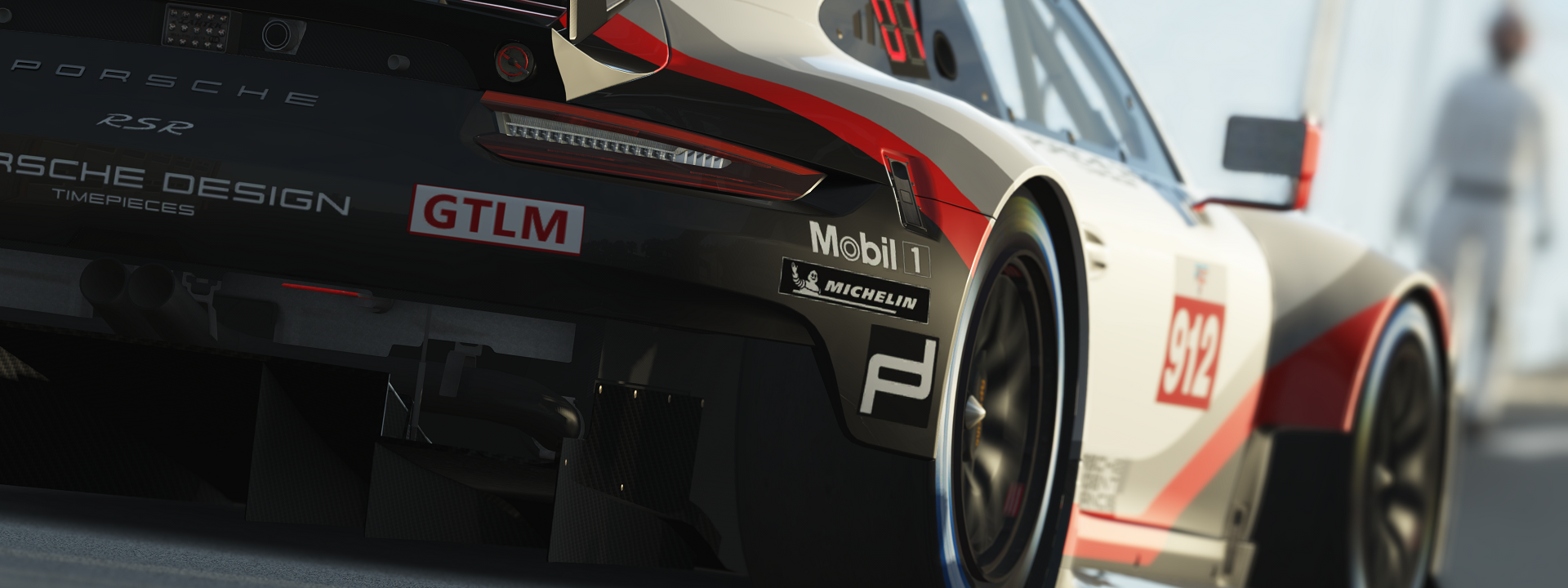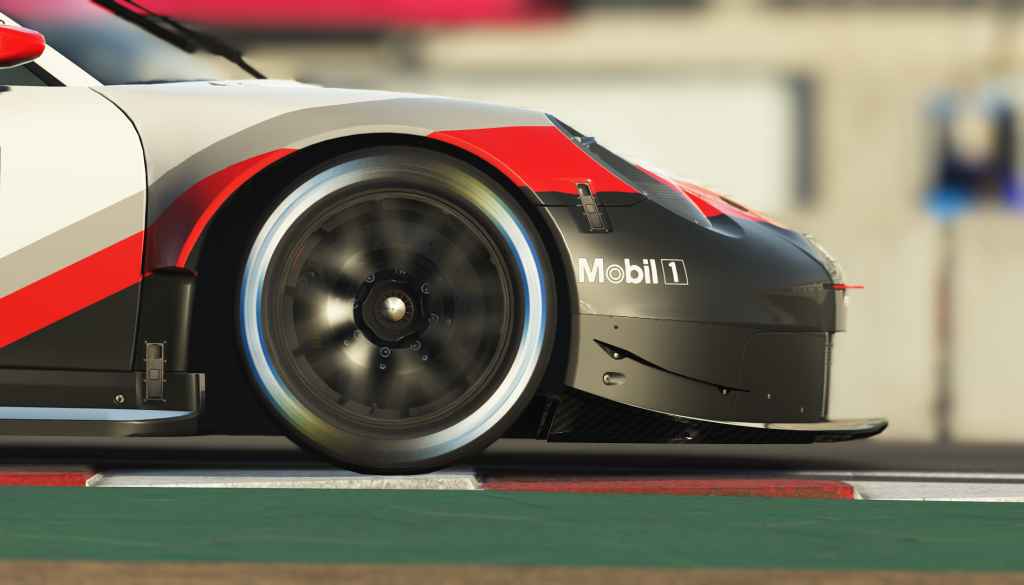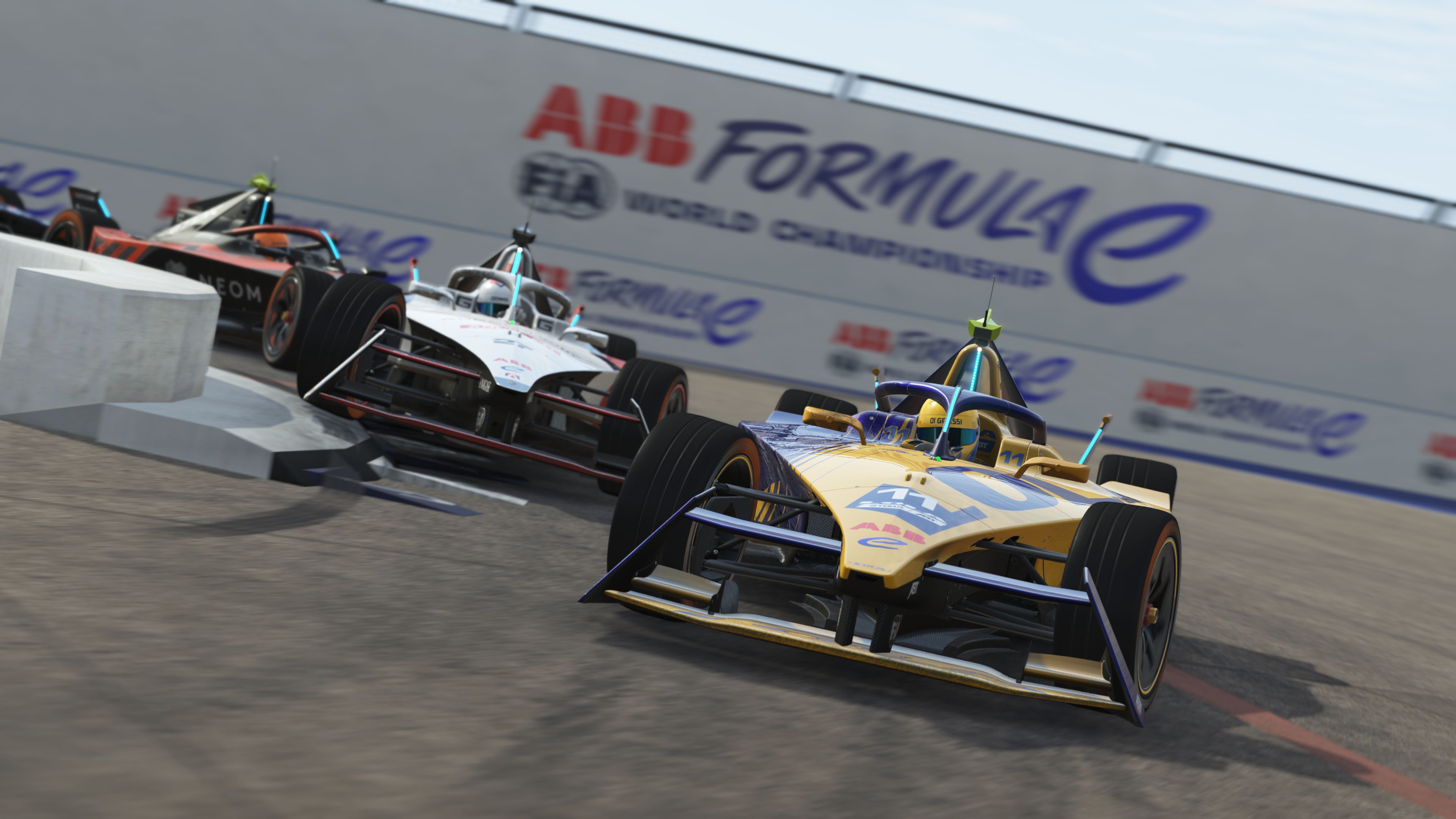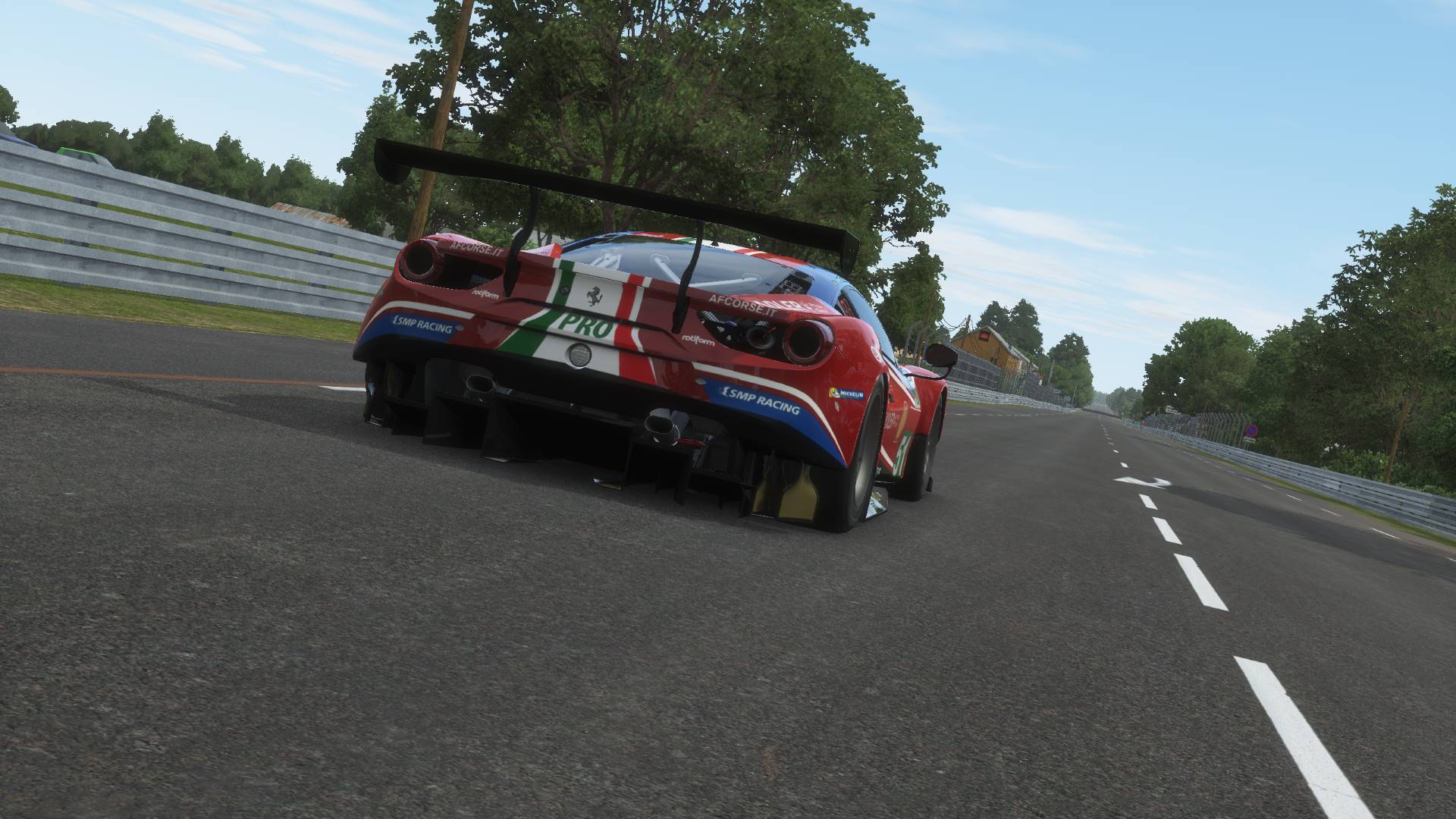The next car we are looking at in our ‘Spotlight on…’ feature series is a machine that has been around the racing scene in various guises for a number of years, the mighty Porsche 911 RSR GTE.
One of the finest driving experiences within rFactor 2, and a brutally effective car to take on the GTE competition within the sim, the Porsche 911 RSR GTE is certainly the type of car that keeps you on your toes!
History
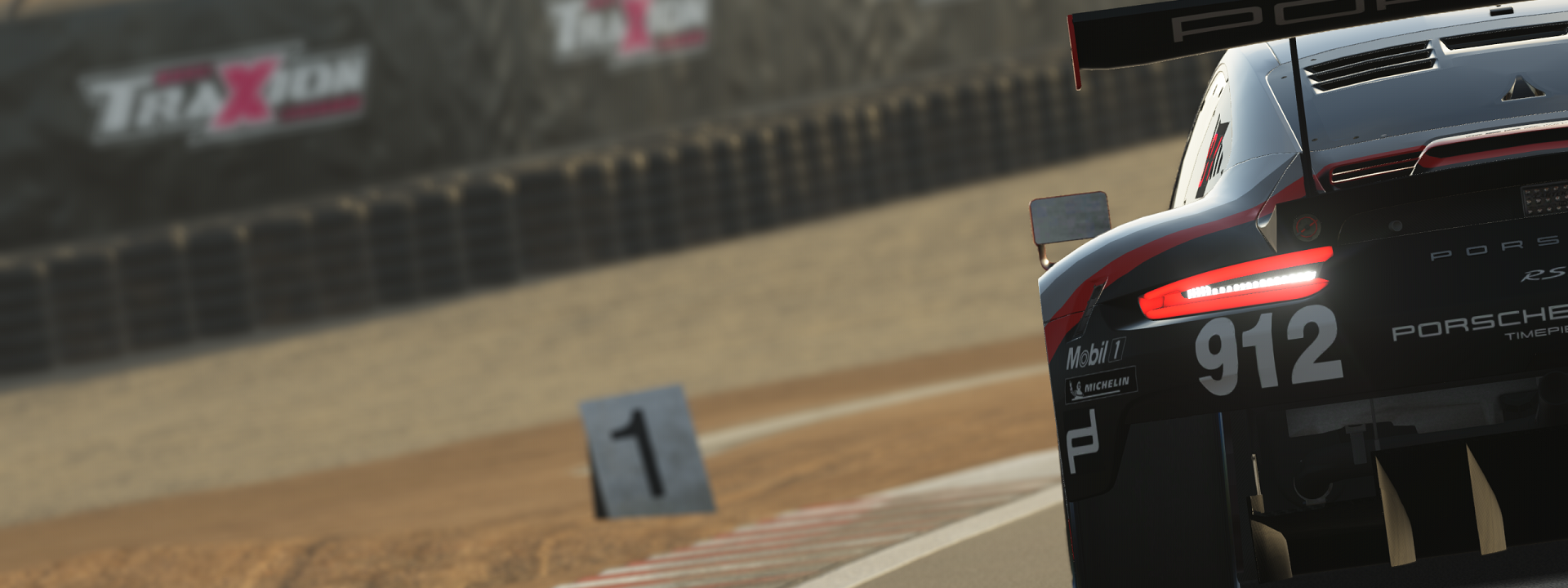
Endurance Pack | Steam Store: CLICK HERE
The fabled Porsche name is likely to be forever linked with the world of motorsport, most notably for the long-standing commitment of the German manufacturer to closed top endurance GT racing. Established by Ferdinand Porsche back in 1931, it wouldn’t take long for the Stuttgart company to find their feet in the racing world, initially as a small volume engine manufacturer before moving into developing their own racing machinery into the late 1950s.
Early success would be sporadic for the German brand, with moderate racing results coming the way of the company in a wide variety of different classes, mostly running lower powered and lightweight machinery for a number of smaller teams and customer drivers. The big breakthrough victory would come on the famed Targa Florio in 1956, a result Porsche would quickly follow up on with a further eight overall victories at the Italian event over the next 14 years. In reality, it would be sports car racing where Porsche finally broke out of niche motorsport success, with the 1960s and 70s proving to be an incredible time for the brand, going on to prove themselves a dominant force in racing competition across the globe – nowhere more so than at Le Mans, fielding some of the most iconic motorsport machinery ever produced.
It would be fair to consider the 917 as the car that started the ball rolling for Porsche at the top of the motorsport food chain. Designed by Hans Mezger and powered by the potent Type 912 flat-12 engine, the 917 carried Porsche to their first outright win at Le Mans in 1970, the same year the German giant conquered the United States and the popular Can-Am series.
That 1970 victory, and the devastating effectiveness of the previously troublesome 917, would pave the way for Porsche to go on an incredible run of success throughout the 1970s, with Porsche cars racking up outright and class victories in many major sports car racing events, leading to what would become a golden period for the brand.
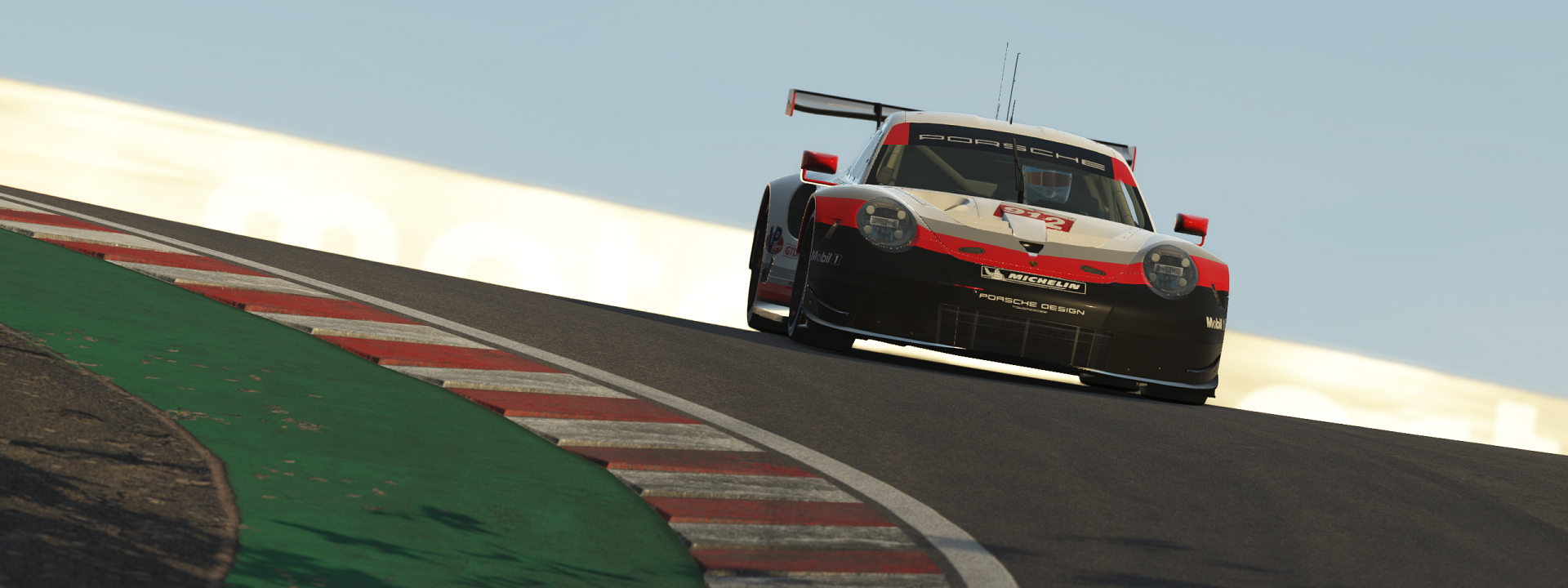
Success for Porsche would continue well into the next decades, with multiple title triumphs at World Championship and national level, even branching out into the world of rallying with much success.
Much like their enviable road going collection, perhaps the biggest success story would be achieved by the mighty reign of the 911 series of cars. Starting life over 50 years ago, the 911 has taken many forms over the following years, but one thing has remained firmly associated with the model – victory. From some of the most iconic cars in world motorsport, to seemingly being on the grid in every conceivable GT championship, the 911 always has a reassuring presence in any category, and has proven to be one of the most reliably fast, dependable and spectacular cars ever produced by the motorsport arm of Porsche.
Recent years have seen massive grid numbers in the single make Porsche Cup series, as well as a fully refreshed and strengthened assault on top level GT endurance racing… which leads us nicely onto the subject of our spotlight focus for today…
Technical Specs
- length: 4,557 mm (179 in)
- Width: 2,048 mm (81 in)
- Wheelbase: 2,516 mm (99 in)
- Engine: Porsche MA1.76/MDG.G 3,996 cc (244 cu in) flat-6 naturally-aspirated
- Power: 510 PS (375 kW; 503 hp)
- Weight: 1,245 kg (2,745 lb)
Achievements
- Constructors’ Championships: 1 (IMSA) / 1 (WEC)
- Drivers Championships: 1 IMSA / 2 WEC
- FIA WEC Wins: 10
- IMSA Wins: 10
The Car

Porsche 911 RSR GTE | Steam Store: CLICK HERE
Built to compete at the forefront of grand touring specification endurance racing, the 911 RSR GTE is somewhat of a change in direction for Porsche, marking the first time the German manufacturer has produced a mid-engined racing machine.
The car would make its first public appearance in the United States at the LA Autoshow in 2016, attracting considerable attention not only due to the mid-engine design, a significant departure from traditional racing machinery from the brand, but also for the aggressive aerodynamic styling of the new car – clearly seen courtesy of the large rear diffuser and smaller aerodynamic winglets that set the car apart from earlier iterations of racing 911’s. The new car, set to debut in at the 2017 Rolex 24 Hours of Daytona, had been made with eligibility for competition in the top classes of GT racing at the time, namely the FIA World Endurance Championship, IMSA WeatherTech SportsCar Championship, the European Le Mans Series and of course the crown jewel of them all, the Le Mans 24 Hours.
The 911 would come out of the blocks strongly during that debut season, with the Porsche GT Team fielding three WEC cars (2 in Pro, Gulf Racing in AM) and two cars in the GT Le Mans segment of IMSA competition in the US. Wins wouldn’t be particularly forthcoming during that initial season, with a sole victory the highlight in IMSA, but Porsche would end the year reasonably satisfied with the performance of the new machine, ending the year runners-up in the WEC driver standings, and often showing the raw pace of the car to be amongst the strongest – an ominous sign for their rivals should the manufacturer be able to put all that potential together for the following season.
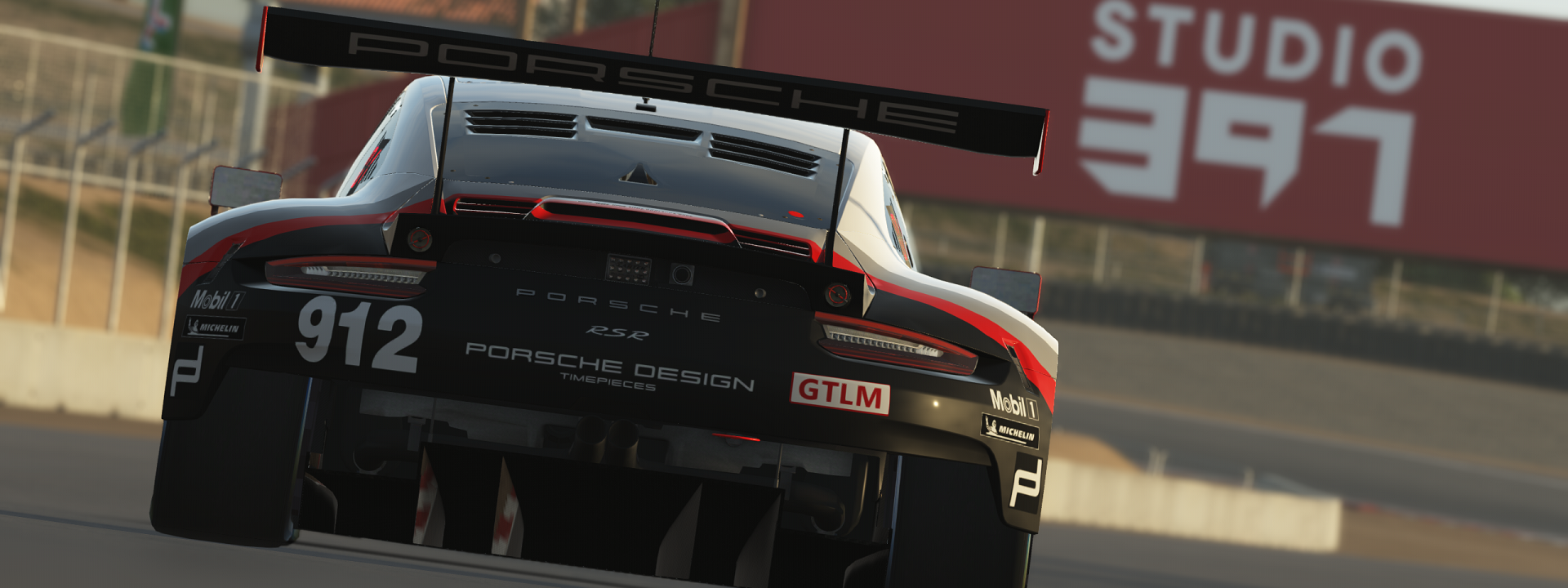
Those fears would end up being proven right, as the 2018-19 season proved to be a dominant one for Porsche in WEC competition. In a year that comprised of only eight races, the Porsche GT Team would secure three class victories and a further seven podiums across both cars, to commandingly secure both driver and manufacturer titles for the first time. Despite considerable success, Le Mans victory would again escape the team, an itch the German outfit are still to scratch with the new car.
Over in IMSA, the 911 RSR would continue to run under the Porsche GT Team banner into 2018, and again, solid results would come the way of the two cars with three race victories and a further four podium finishes – however, in part due to both a strong field of competition and the fact that the squad often had bad days on track, neither car really looked to be in championship contention like their WEC counterparts. The #912 car of Earl Bamber, Laurens Vanthoor, Gianmaria Bruni and Mathieu Jaminet proving the most successful over the course of the season, albeit only coming home in fifth position overall in the driver standings, with the team finishing third of five in the manufacturers’ classification.
Things changed significantly for the North American outfit the following season, as finally the team made the breakthrough they have been waiting for in 2019, with both cars proving to be very much the class of the field over the season, taking the top two steps of the championship in both drivers and teams classification come season end – the undoubted highlight for the car state side, as the following two years would prove much harder going against renewed competition from BMW and Corvette in particular.
The Porsche 911 RSR in rFactor 2 has been built in close collaboration with Porsche themselves, and as such, we feel this is one of the best opportunities for sim racers to really experience what driving a modern GTE specification car is like out on a (virtual) racetrack. Initially launching to rFactor 2 as part of the Endurance Pack back in 2018 – one of the first major car pack releases for the simulation – the Porsche remains one of the finest driving experiences within the title. As with all Porsche race cars, it takes a certain type of driver to gather the most performance from the car, but when you get it right, the feeling is like no other!
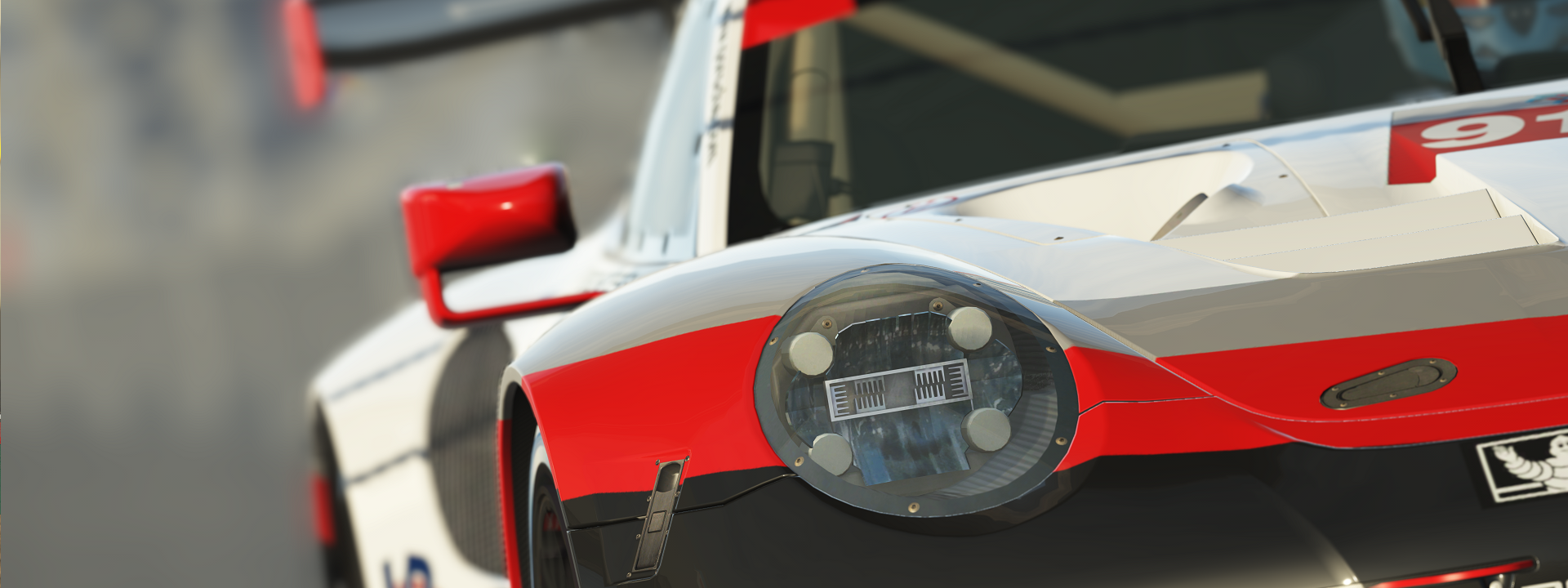
Previous Spotlight Features
The Porsche 911 RSR GTE – Available Now in rFactor 2
